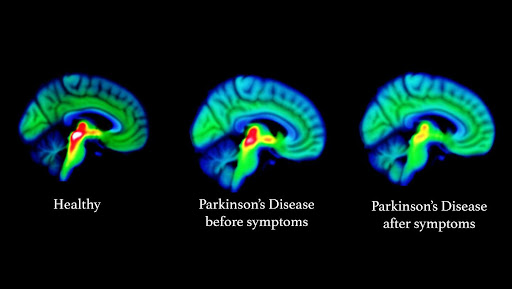Parkinson's disease is a widespread neurodegenerative disease second only to Alzheimer's disease in incidence. At the same time, there are currently no available tests for its diagnosis in the early stages.

Usually, a patient with suspected Parkinson's disease needs to undergo several specific tests before confirming the diagnosis. This list includes examination by a neurologist, electroencephalography, electromyography, MRI of the brain, blood tests, ultrasound of the vessels of the neck and head.
However, this may soon change. Scientists from the University of Manchester in the UK have developed a fast and reliable method for diagnosing Parkinson's disease. According to the Journal of the American Chemical Society, this allows a patient to be diagnosed in as little as three minutes.
A person with a suspected condition will be asked to take a skin smear, after which mass spectrometric analysis will determine differences in the chemical composition of sebum, indicating a developing disease.
According to British scientists, the chemical composition of sebum changes in patients with Parkinson's disease. This happens long before the onset of overt symptoms such as tremors and coordination difficulties.

The study showed that the composition of human sebum does change due to disease. As part of the experiment, scientists examined samples from 79 patients with Parkinson's disease and compared them with samples from 71 healthy people. As a result, more than 4,000 unique compounds were identified, 500 of which were found to have disease-induced changes.

Milne is now working with researchers around the world to see if she can detect other diseases such as cancer and tuberculosis using smell.
One of the main features of the Parkinson test is that it is non-invasive and fast enough in terms of obtaining results. The collection procedure that the scientists created is simple: the sebum is collected in clinics from the patients' backs using cotton swabs, and the envelopes with the samples are sent to the laboratory.
The next step is to turn the sebum analysis method into a simple, standardized test that can be performed in typical clinical settings, hospitals and clinics around the world. Having widespread access to the test could be the key to early detection of the disease.
Currently, Parkinson's disease is detected in an advanced phase, after it has affected more than 50% of the neurons. The disease tends to develop gradually, and it can take several months or even years before symptoms become obvious enough for a person to see a doctor to find out what exactly is causing them. In addition, many of the symptoms of Parkinson's disease can overlap with other conditions, especially in the early stages when progression is gradual and symptoms are less severe, making early diagnosis difficult.
In this context, a rapid test would be extremely useful for early diagnosis of the disease and would allow patients to receive appropriate treatment faster.
